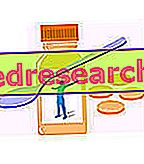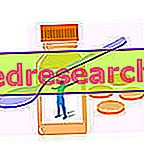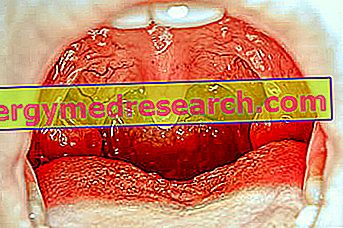When are they needed?

For all these types of milk there are specific products of type 0, type 1 and type 2, which combine the basic requirements of these formulations with additional and specific characteristics.
Lactose-free milk
It is a milk intended for infants suffering from lactose intolerance or affected / convalescent due to very serious colichegassose. These diseases, in fact, cause diarrhea, and lactose would tend to aggravate the disorder by attracting fluids at the intestinal level; it is therefore preferred to administer lactose-free milk until the disease is overcome.
AR or anti-regurgitation milk
These are milks that have the only peculiarity of being denser than a common artificial milk. This characteristic is acquired by adding natural thickening substances such as carob flour. In this way the consistency of the milk is increased thus making it difficult to regurgitate.
Among the therapeutic or special milks there is also a whole series of products for children allergic to milk proteins or who have one or both parents strongly allergic to it.
HA milk - hypoallergenic
The vaccine protides are fragmented into smaller polypeptides, to reduce the possibility of an allergic reaction to milk proteins. However, protein molecules maintain such dimensions that they can trigger allergy in a child who has already experienced this kind of disorder. Hypoallergenic milk is therefore used for preventive purposes, for example if one or both parents are allergic to milk. Infants who have already shown signs of allergy are fed with other types of special milks, listed below.
Hydrolysate or milk with strong hydrolysis
It differs from HA milk because the proteins have been split into much smaller fragments, below 5000 Daltons. However, there are also children who are allergic to this type of milk.
Soya milk
They are widely used in allergies to cow's milk proteins and in other intestinal diseases. However, soy can also be responsible for allergic reactions. For this reason, children who are highly allergic to milk tend to develop allergies also against soy. An alternative solution is therefore necessary.
Elementary or semi-elementary milk
It consists of mixtures of hydrolyzed whey proteins and amino acids, with vegetable oils and sugars of various types. It is defined as milk only because it has a similar appearance and consistency, but in fact it is a true chemical formulation.
The use of elementary milk is done only in the presence of strong allergies or other conditions that cause intestinal malabsorption. In fact, being made up of all the nutrients in elemental form, it does not stimulate the correct development of the child's digestive system.
| "Milk for premature babies |  | Artificial milk: legislative aspects » |



